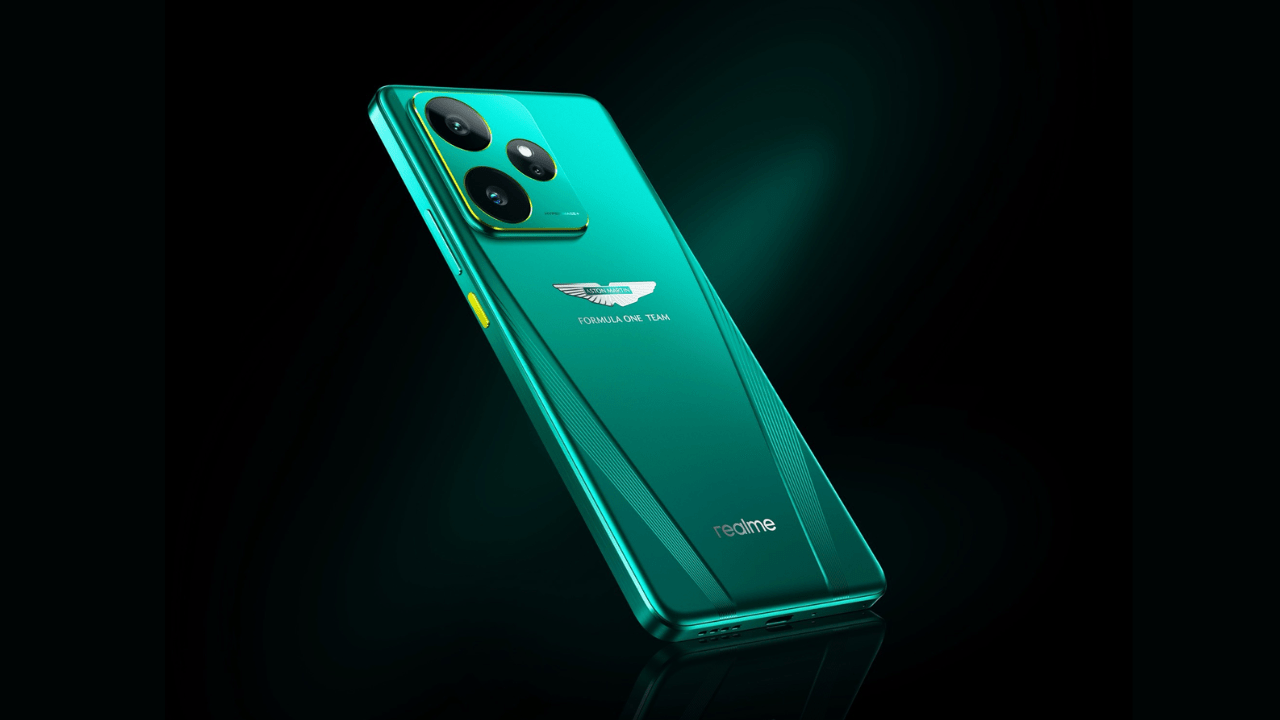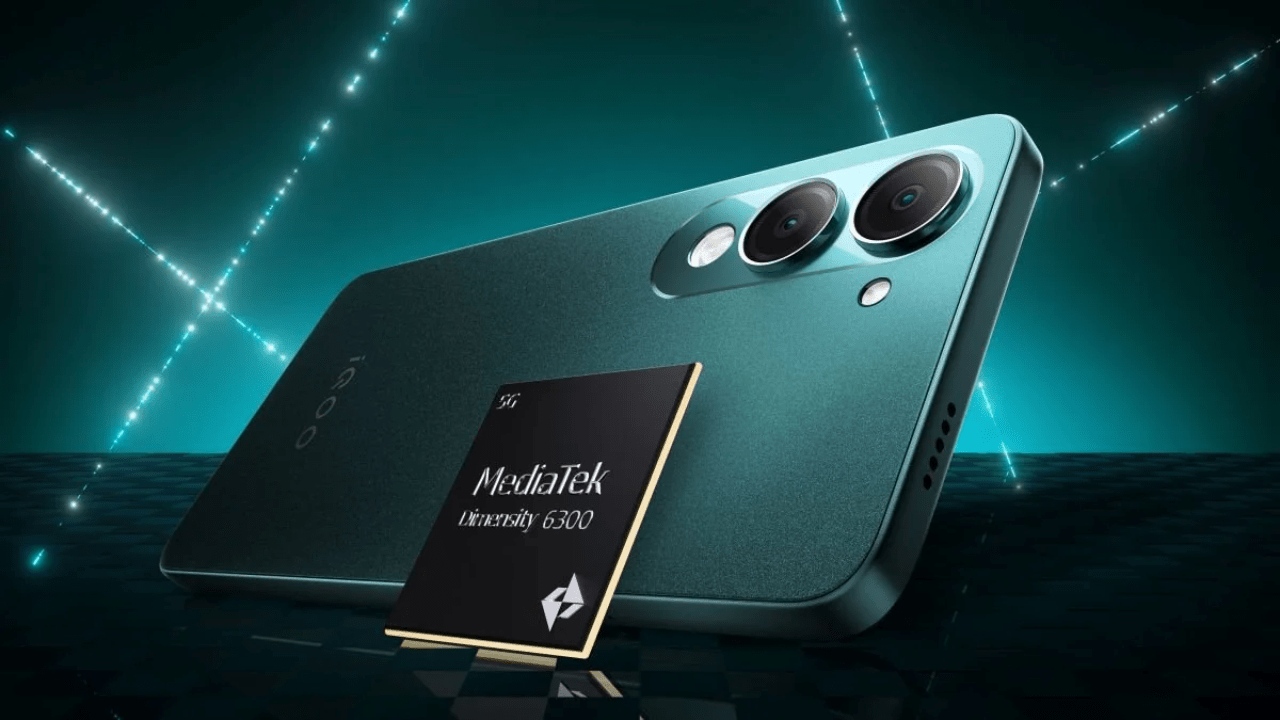Neuralink Corp. used its Blindsight brain implant to stimulate a monkey’s visual cortex, enabling it to “see” nonexistent stimuli; in two-thirds of trials, the animal shifted its gaze toward the simulated images. Presented by engineer Joseph O’Doherty at the Neural Interfaces conference, these are the first public Blindsight results, showcasing a chip that mimics eye function to restore vision in blind patients. Though currently approved only for animal research, Neuralink aims to begin human trials later this year. Short-term goals focus on sight restoration, while long-term ambitions include “superhuman” vision—such as infrared perception. Separately, five paralyzed volunteers (three implanted in 2024 and two in 2025) are using Neuralink’s Link device to control computers via neural signals for up to 60 hours per week. Future plans involve integrating the Blindsight system with custom glasses and applying similar implants to stimulate spinal cords for muscle movement, moving toward enhanced human communication and mobility.
- “Blindsight” experiment in monkeys
- Neuralink has a tiny chip (an array of electrodes) implanted in the part of a monkey’s brain that normally processes what the eyes see.
- By sending brief electrical pulses through the chip, they can make the monkey “perceive” spots of light or shapes that aren’t really there.
- In roughly two-thirds of the tests, the monkey reflexively moved its eyes toward those artificial “phantom” visuals—demonstrating that the brain really did register them as if they were real.
- Why it matters for restoring vision
- If you’re blind because your eyes or optic nerves are damaged, you can’t send visual information to your brain. But the brain’s visual center (the cortex) may still be intact.
- Blindsight is a proof-of-concept that you can bypass the damaged eye/nerve entirely and directly “write” images into the brain. Over time, that could turn into a therapy allowing blind people to “see” again, by wearing a camera-equipped pair of glasses that converts what the camera sees into electrode pulses.
- Link implants in paralyzed volunteers
- Separately, Neuralink’s “Link” device has already been implanted in people with severe paralysis.
- Those volunteers can control cursors, keyboards or tablets purely by thinking—because the implant reads their motor-planning signals and translates them into digital commands.
- They’ve been using it many hours per week, which shows the device is reasonably safe and effective for basic brain-computer interfacing.
- Future ambitions
- Short-term (next few years): Run human clinical trials of Blindsight to restore rudimentary vision—think high-contrast shapes or simple letters at first.
- Long-term (“superhuman” vision): Explore sensory extensions like infrared or night vision by feeding entirely new types of data into the visual cortex.
- Spinal-cord stimulation: Apply the same electrode-array idea to the spinal cord to reanimate paralyzed limbs by directly triggering muscle or reflex circuits.
- Enhanced communication: As both visual and motor interfaces get better, the ultimate goal is a seamless “neural link” that could let us share thoughts or sensory experiences in ways that go well beyond speaking or typing.
So, in summary: Neuralink’s recent data show that they can “trick” the brain into seeing things with an implant, and they already have a working brain-computer interface in paralyzed people. If it all pans out, it could lead to implants that restore sight, restore movement, and even give people entirely new sensory abilities.













